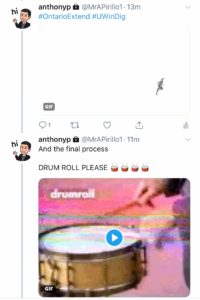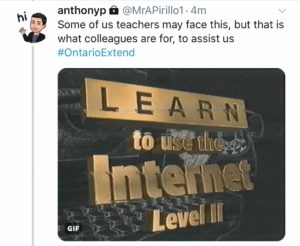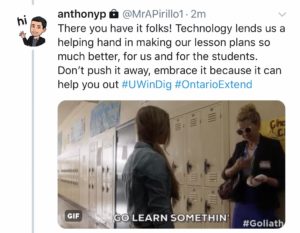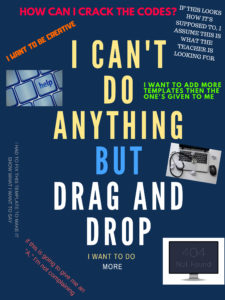As the world is spinning, new ideas, new technology is being invented daily for our better daily use. As teachers we want to integrate technology into our classroom because it’ll make our lessons more effect. Our students are becoming more tech savvy, we should be able to adapt to the new times. We depend on technology more than ever these days, so why not add technology into our lessons that we possibly have taught the same way for so many years. Developing these skills won’t take us a day to figure out, it will happen over time. This is what “Digital Literacies” are about, “using technology tools effectively to address specific learning challenges is just one aspect of digital literacies for teaching.” (https://extend.ecampusontario.ca/technologist-digital-literacies/)
There are five processes for the design-thinking process:
- Empathize: You have to put your desires aside to make a lesson better and think about what the student wants. You may want to use a specific technology module that will help the students understand the material you are trying to teach them. In the end, it starts with the students, and it’s for the students.
- Define: Is pinpointing a problem that your learner will come across. You want to build a focal point that will overcome the challenge for your student(s), and this will help you identify challenges in the coming future.
- Ideate: This is where technology will come in and help you with your challenges. There are many different programs that will assist you in making these mind maps.
- Prototype: This category allows you to chose your favourite technology and add design a prototype lesson. This is your test run with your lesson. If it works, great, and if it doesn’t, you knew it was a test run, and make sure to refine it for next time.
- Connect: This is the key part of your lesson. You will need to connect your technology to the curriculum. Overall expectations, and specific expectations need to be checked off when you are designing your use of the technology for your lesson. If they are not, you’ll have to scratch that and make a lesson or find a new program that connects.
I found this Google Image and I liked it a lot, because it shows all 5 categories outside of an infinity loop, showing how all of these frameworks tie into one another.
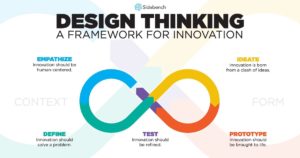
Picture citation: https://productcoalition.com/design-thinking-isnt-just-for-your-product-development-team-e8e25f713643
I wanted to challenge myself and make a Twitter Essay talking about the Design-Process.
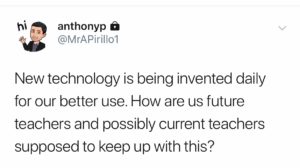
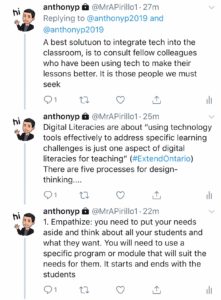
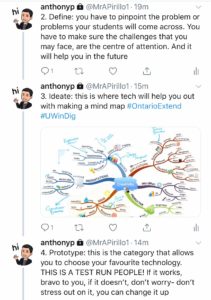 ‘
‘
